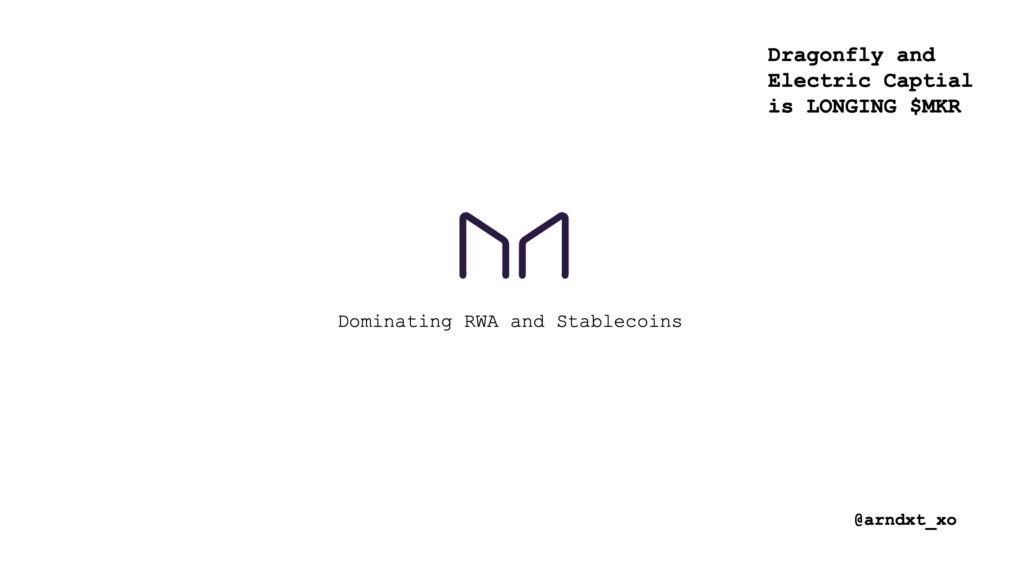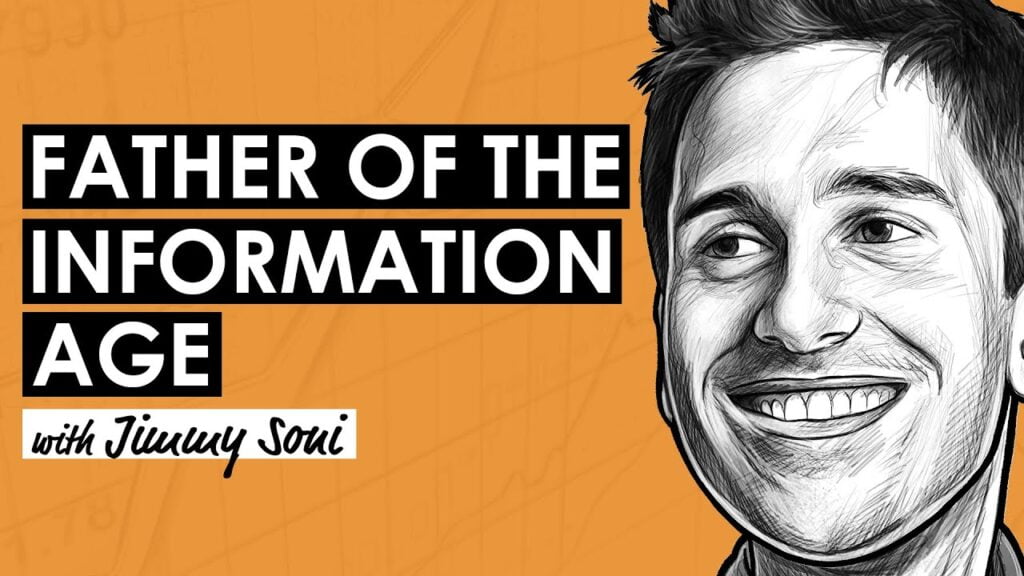Research Summary
The report provides a detailed analysis of the potential impact of introducing a retail Central Bank Digital Currency (CBDC) on the financial landscape, particularly on the banking sector and financial stability. It reviews a range of topics including CBDC’s design features, possible reduction of financial frictions, risk of bank disintermediation, effects on credit availability, and its role in enhancing payment systems. The report also delves into potential risks linked to CBDC, stressing the importance of central banks’ recycling policies and the assets purchased to match CBDC’s liability.
Key Takeaways
The Potential Impact of a CBDC Introduction
- CBDC’s multifaceted effects: The advent of a retail CBDC can reduce financial frictions, enhance payment systems, and address market power in deposit markets, potentially culminating in improved welfare. However, the report underscores potential risks such as bank disintermediation and contraction in bank credit, which may negatively impact financial stability.
- Dependence on Design Features: The varying effects of CBDC hinge on its design features, most notably, remuneration, which is a frequently debated aspect. Whether the CBDC is token-based or account-based, directly held by households or intermediated also significantly affect its outcomes.
- Academic Literature on CBDCs: The study of CBDCs is still in its nascent stages, but there is growing attention towards digital assets and CBDCs, given the expected transformative impact on the financial landscape.
Effects on Banks and Financial Stability
- Disintermediation Risk: As a CBDC could compete with banks for funding, it brings about the risk of bank disintermediation. This could affect bank lending, but the degree to which this happens relies on specific design choices.
- A New Form of Liability: CBDC can be considered as a liability of the central bank directly held by the private sector, or operationally intermediated by private service providers. This introduces a new dynamic into the central bank’s balance sheet management.
- Nuanced Impact of CBDC Introduction: The introduction of a CBDC could shrink the banking sector’s aggregate balance sheet, potentially disrupting the financial structure. However, the impact is partially offset by the possibilities of banks replacing lost retail deposits with wholesale funding and exploiting restrictions on the quantity of CBDC and transaction limits.
Monetary Policy and Economic Consequences
- The Payment Systems Aspect: The implementation of CBDC has implications for payments systems and for the execution and transmission of monetary policy. The ability to switch funds from bank deposits to CBDC can lead to bank disintermediation and destabilize the financial system.
- CBDC Remuneration: The remuneration rate on CBDC plays a critical role in affecting disintermediation. A competently remunerated CBDC could lead to increases in bank deposits and deposit rates, translating into a reduced monopoly distortion in the banking sector and an expansion in the supply of deposits. On the other hand, an unremunerated CBDC would not considerably impact bank disintermediation.
- Central Bank’s Recycling Policy: The manner in which the central bank recycles CBDC inflows back into the economy fundamentally affects the banking sector by impacting the reserve supply and the types of assets purchased for recycling.
Actionable Insights
- Awareness of Associated Risks: Central banks planning to introduce CBDCs need to be cognizant of potential risks including bank disintermediation, which could alter financial stability. Different case scenarios should be considered, including deposit shifting, and the impact on credit supply and banking sector balance sheets.
- Necessity of Careful CBDC Design: The design choices on CBDCs must be selected with care, considering both the potential benefits and implications. Important aspects to consider include the remuneration rates, whether it should be token or account-based, and direct or intermediated holding.
- Examining the Potential for Enhanced Welfare: Policymakers and researchers should delve further into how CBDC could reduce financial frictions and enhance both efficiency in payment systems and overall welfare.











